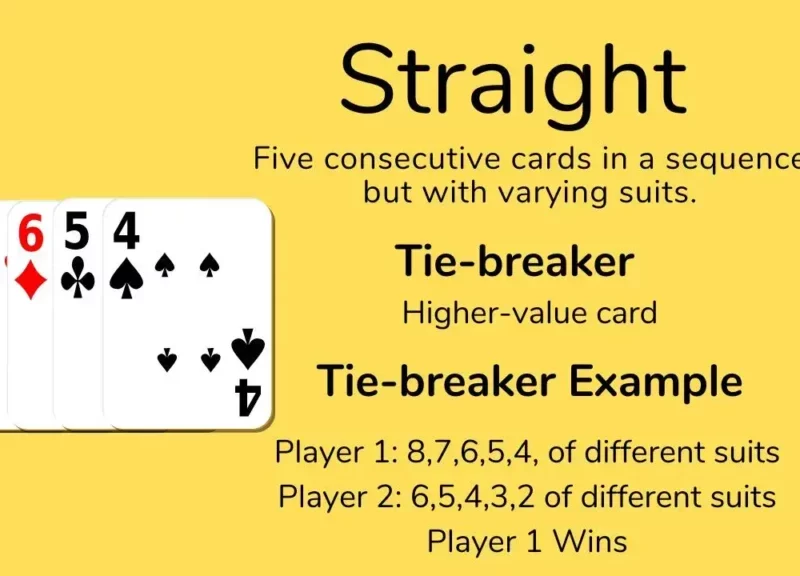Poker is a game of strategy, skill, and psychological power. While luck may play a part, the strategic decisions made during the game determine the outcome. Understanding and utilizing successful sequencing methods is an essential component of poker strategy. The proper and effective use of sequences is an essential component of short-handed Texas Hold’em.
In addition to skill, a winning player must be disciplined to make sound strategic decisions in each situation. An effective sequencing strategy will help you develop your skills as a better player. In this post, we will look at some essential principles and tactics that may help you improve your poker playing and boost your chances of winning.
Starting Hand Selection: The Poker Sequence begins with choosing your beginning hand. Playing too many hands is a frequent error made by new players. Influential players recognize the need for patience and discipline when deciding which hands to play. The routine begins with assessing your hand’s strength and positioning at the table. Tightening your beginning hand range boosts your chances of gaining a competitive advantage in following betting rounds.
Positional Awareness: Understanding the importance of position is critical to a successful poker strategy. Your location about the dealer button influences the sequencing of play. Being in a late position lets you learn more about your opponents’ activities before choosing. With this positional advantage, you may influence the game’s flow, making it more straightforward to bluff, extract value, and avoid unpleasant circumstances.
Aggression Pays Off: The betting procedure begins as the cards are dealt. Influential players understand the importance of aggressiveness in defining the game’s narrative. Well-timed bets and raises put opponents under strain, compelling them to make tough decisions. The trick, however, is to avoid becoming unduly pushy. Success in the poker sequence requires a balanced approach that combines strategic aggression with careful thinking.
Adaptability: Poker is a dynamic game that requires players to be versatile. The game sequence requires you to examine your opponents and adapt your approach continually. Improve your ability to discern your opponents’ habits, detect trends, and exploit vulnerabilities. A competent poker player can adapt to the table’s shifting dynamics.
Bluffing: Bluffing is an essential feature of poker strategy because it introduces uncertainty into the game flow. Successful bluffing, on the other hand, necessitates precise timing and a thorough grasp of your opponents. It’s not about bluffing for bluffing but rather about taking advantage of circumstances in which your opponent’s range is limited, and they are likely to fold. Mastering the technique of well-timed bluffs may improve your entire poker sequence strategy dramatically.
Pot Odds and Implied Odds: Understanding pot and implied odds is critical for making sound decisions in the poker sequence. Pot odds let you assess if a call is lucrative depending on the current pot size and call cost. Implied odds account for anticipated future wagers, allowing you to make judgments based on the entire worth of the hand. Including these ideas in your decision-making process improves the strategic depth of your Poker games.
Hand Reading: The ability to read your opponents’ hands is a more advanced skill in the poker sequence. This entails examining their betting tendencies, considering the community cards, and comprehending the various hands they may be holding. As the sequence progresses, refine your judgment of your opponents’ possible holdings. This talent lets you make precise judgments, such as whether to fold, call, or raise.
Conclusion:
To master the poker sequence, you must have a mix of ability, experience, and a thorough knowledge of strategic ideas. You may create a well-rounded and effective poker strategy by focusing on starting hand selection, positional awareness, aggressiveness, adaptability, bluffing, pot odds, hand reading, and risk management. To boost your chances of victory at the poker table, constantly improve your abilities, learn from each hand, and employ these sequencing methods. Avoid taking unneeded risks that might endanger your tournament or cash gaming session.








Comments